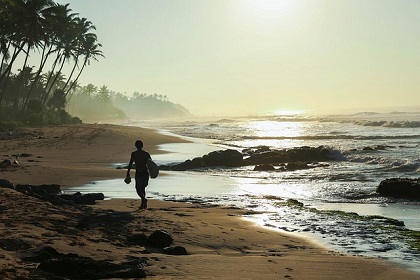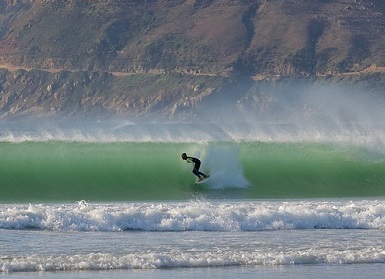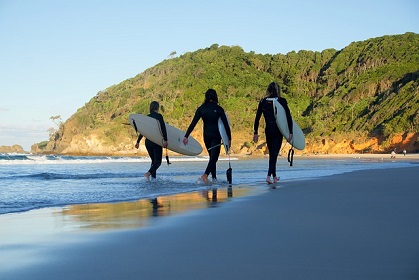News
Stories making wavesSurfers on board for climate action
BIG WAVE AREAS FOUND TO BE SIGNIFICANT CARBON STORES


Around the world, surf breaks have been discovered to be valuable for so much more than their amazing waves and natural beauty. A new study has found that vital ecosystems surrounding popular surf spots such as forests, mangroves and marshes, store around 88 million tons of climate-stabilizing 'irrecoverable carbon' - another great reason to protect them!
'Irrecoverable carbon' refers to the carbon-rich lands humanity must protect to prevent the worst impacts of climate change. The term was coined by the charity Conservation International and the amounts were discovered by their scientists and researchers in the immediately surrounding areas within one km of the waves, but when they expanded the areas to three kms, they found the amount of carbon stored in the ecosystems more than doubles to 191.7 Mt!
For the study, researchers mapped more than 4,800 popular surf spots across 113 countries. It turned out that five countries account for nearly half the carbon stored with surf breaks in the United States being the most carbon-rich, followed by Australia, Indonesia, Brazil, and Panama. Nearly a a quarter (17.2 Mt) of the total 88.3 Mt of irrecoverable carbon was also found within Key Biodiversity Areas that contribute significantly to the planet's species richness and overall health.
Conservation International and Save the Wales Coalition have already been pioneering 'Surf Protected Areas' - to try and legally protect the breaks and their surrounding areas from threats like irresponsible tourism and development, forest and mangrove cutting, coral and sand mining, destructive fishing and plastic pollution - playing a role in halting and reversing biodiversity loss as well as preventing carbon from entering the atmosphere. This research should be vital in helping with this going forwards.
"This research demonstrates the enormous role that protection of surf breaks and surrounding coastal areas can have in our global fight to reverse biodiversity loss and combat climate change," said Scott Atkinson, a surfer, senior director of surf conservation at Conservation International and an author of the study.
"Our study shows where, exactly, we must now focus on legally protecting these areas. Surfers across the world are fantastic allies for efforts like this - they love the ocean, know that it is threatened and are extremely motivated to protect it. They've been on board, so to speak, helping to lead the establishment of all the Surf Protected Areas we've partnered to create."
You can read the research paper in full HERE.
